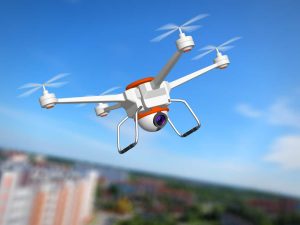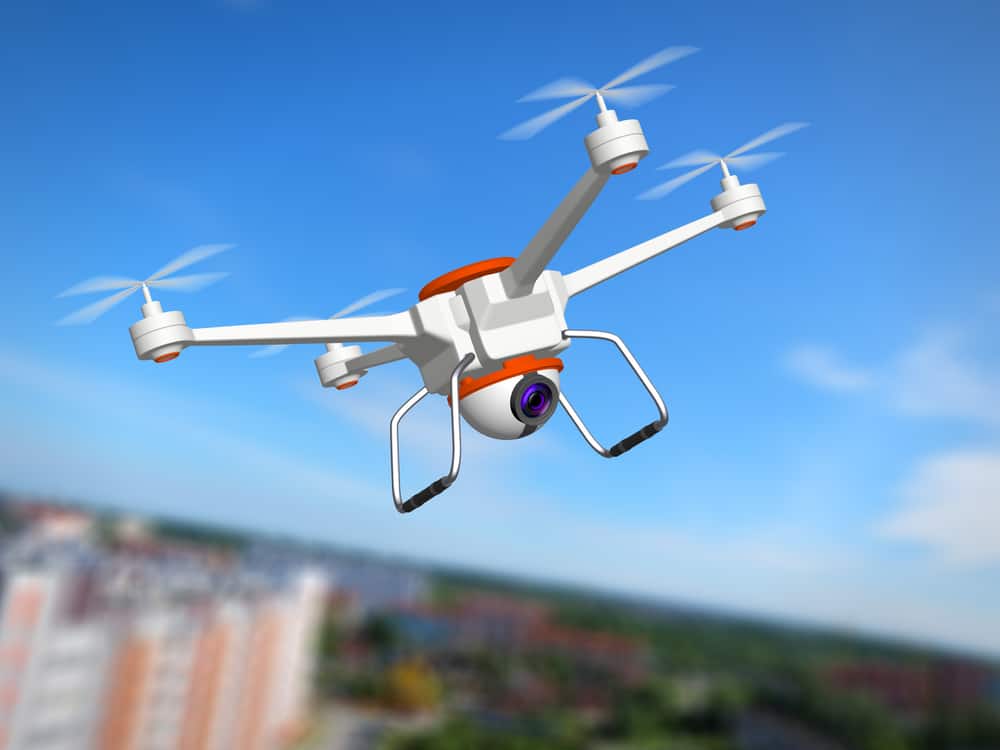
Our battery-powered aircraft caddy lets workers safely maneuver small planes on the ground. Do drones pose a safety risk to small aircraft in flight?
The Federal Aviation Administration (FAA) seems to believe the answer is yes, and the agency is dragging its feet establishing permanent regulations for drones. Studies show that small aircraft and drones can actually safely share the skies.
Threat of Drone-Aircraft Collisions
With the FAA on high alert about drones in the airspace, they currently receive more than 100 reports per month concerning unmanned aircraft operating near manned aircraft. According to the Academy of Model Aeronautics, few of these incidents involve true risk to passengers.
In 2015, Bard College conducted a study about drones in close encounters with manned aircraft. The analysis of 921 reports showed that drones came within 200 feet of an aircraft in 158 cases, while only 28 pilots took evasive action.
Greater Risk: Drones or Birds?
With approximately 10 billion birds in the U.S., these flyers are far more likely than drones to be found in the air at any time. Using the assumption that drones are similar to birds in size and ability to evade aircraft, a pair of researchers from George Mason University estimated the likelihood of a serious drone-aircraft collision.
– Drones are likely to strike aircraft once per 374,000 hours of drone operation.
– One million two-kilogram drones in flight 24/7 would cause injury to an aircraft passenger once every 187 years.
Why Choose an Aircraft Caddy from DJ Products?
Our ergonomically designed aircraft caddy safely navigates small planes across snow or grass while negotiating the tightest hangar quarters. Use our handy online chat feature and let our friendly sales engineers help you find the right aircraft caddy for your applications.
